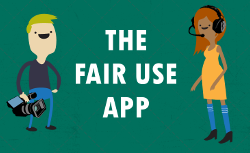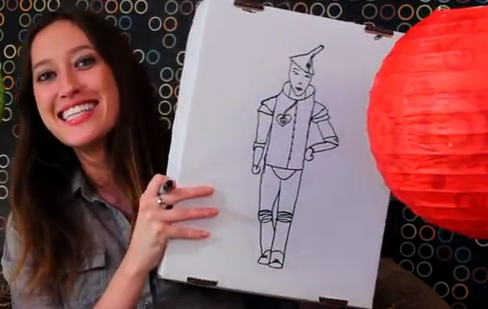Submitted by Teri Karobonik last modified Sat, 06/04/2016 - 12:43pm
Over two years ago when we submitted comments in the United States Department of Commerce, United States Patent and Trademark Office and National Telecommunications and Information Administration copyright reform proceedings and again in our roundtable testimony, we advised a cautious approach that avoided the collateral damage that can come with hasty reforms. The final report takes a cautious balanced approach and shows support for many of the points we emphasized including:
- The importance of developing a flexible criterion to help judges and juries determine the amount of statutory damages awarded. Particularly criteria that: consider whether the defendant use was non-commercial, had reasonable fair use argument and the financial means of the infringer. With flexible standards Copyright Trolls are much less likely to be able to exploit small-scale defendants’ lack of sophistication and resources to extract inappropriate settlements from them. (see pg 75 of the report for some of our thoughts)
- The need for more public education on matters of copyright law, including fair use, to promote creativity.
- The creation of easy to read fair use best practices developed within specific creative communities by creators, lawyers and other practitioners working in that specific area to help creators make informed decisions about fair use.
- Recognizing the importance of having a small claims copyright court to help independent creators resolve disputes that doesn’t sacrifice important copyright safeguards, like fair use, in the process.(see pg 78 of the report for some of our thoughts)
The report also includes many ideas that we’re excited about including:
- Making sure a copyright symbol doesn’t complete bar innocent infringer status, which is particularly important for the reuse of older archival works where the version with the copyright notice may not be readily accessible to the public.
- Creating voluntary microlicensing schemes for remixers and creators whose works would not qualify as fair use, that would allow remixers and creators to share profits with content owners.
- Developing best practices and educational resources to make users aware of what they’re actually purchasing when they buy digital goods like books and music online.
- Including greater flexibility on claims of non-willful secondary copyright infringement to help spur technological innovation around copyrighted content.
While none of these suggestions are binding, it’s heartening to see practical suggestions for sowing the seeds of a more creative and innovative future.




